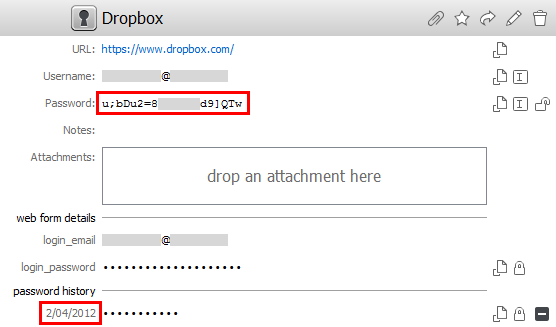

To enable the feature, you click “edit” in the LastPass dashboard for a supported site, and a “Change Password Automatically” button appears.

Similar to Dashlane, LastPass will automatically change a password for you when need be. The company supports a few more sites at launch, with 75 sites as of today, including big ones like Facebook, Twitter, Amazon, Pinterest, Dropbox and others. That means its ability to change around 50 passwords automatically will cover a lot of the sites visited today.įollowing Dashlane, competitor LastPass also rolled out an automated password change feature. The company notes it’s also working on a recurring password change feature that will automatically change passwords at preset intervals – for example, every 30 days.ĭashlane, which now has 3 million users, says that the average users has about 60 passwords stored in its service. The first version is available for PC and Mac with mobile support arriving “soon,” the company says. sites including Amazon, eBay, Facebook, Google, LinkedIn, Twitter and Yahoo and is continuing to grow as the feature expands. In a beta release of Dashlane out this week, PassOmatic’s technology has been baked into Dashlane’s core product, which allows you to change your passwords with a click.Ī process that might have otherwise taken time as users hunted down which sites shared that same password and then jumped through the hoops to make the change, now takes seconds instead of minutes or even hours.ĭashlane’s Password Changer works with over 50 top U.S. In Dashlane’s case, the feature’s development was aided by the company’s acquisition of PassOmatic, a New York-based startup that created password change technology. Two companies in the business of password management, Dashlane and LastPass, have now stepped in to help with new features that allow users to automatically change their passwords on affected websites.ĭashlane beat LastPass to market with the new addition by hours – clearly, both companies understood that there’s a real need to help make the password changing process easier on end users. Unfortunately, doing so is easier said than done – users tend to re-use their passwords across websites, making it difficult to fully batten down the hatches when one password makes it out into the wild. Combined with large-scale security incidents like Heartbleed, web users are often asked to quickly change their account passwords to protect themselves against further attacks.

Data breaches like the ones at Target, Neiman Marcus, Staples, Home Depot, and most recently Bebe, are now exceedingly common.


 0 kommentar(er)
0 kommentar(er)
